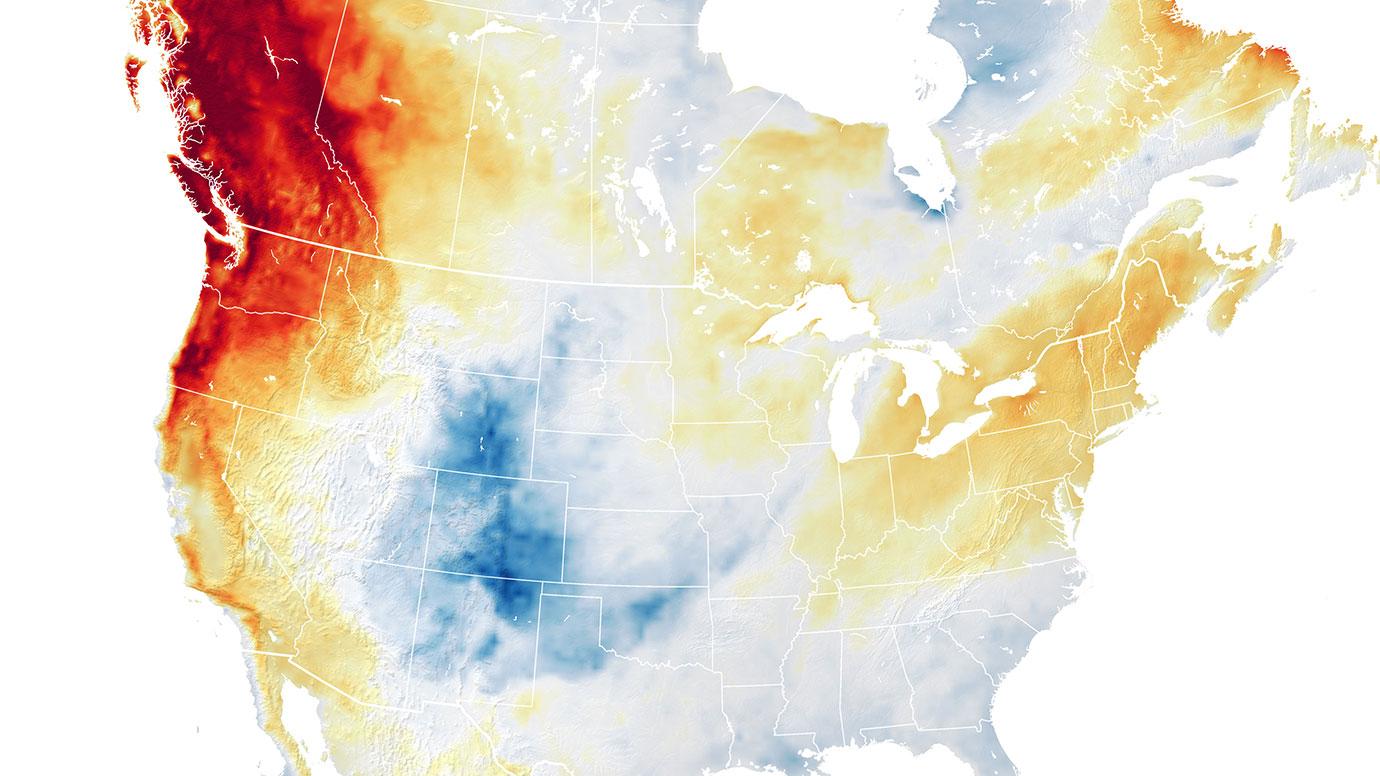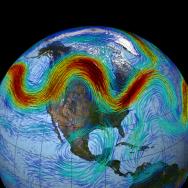UChicago scientists create framework for better understanding extreme events
Last summer, a deadly wave of heat struck the Pacific Northwest, causing temperatures to soar more than 30 degrees Fahrenheit above normal and killing more than a thousand people.
A new study has uncovered the sequence of events that precipitated the disaster, providing information that could further our understanding of heat formation on the North American continent.

By reviewing large-scale weather conditions and formations before the heat wave, University of Chicago scientists discovered that a cyclone spawned an “anticyclone,” which combined to produce and then trap heat near the surface of the region.
The account may shed light on the likelihood of such extreme heat waves in the future. It also serves as a proof of concept for a comprehensive set of diagnostics developed by UChicago Prof. Noboru Nakamura to lay out the mechanisms behind large-scale atmospheric weather. The scientists hope this approach can help lay out why extreme events happen, and to better understand the odds of future events.
Pressure changes
The heat wave began on June 26, 2021.
Previous record high temperatures shattered one after the other, by huge margins. Streetcar cables melted in Portland, Oregon; pavement buckled across the region. Before it was over, a town in Canadian British Columbia tied Death Valley for the highest temperature ever recorded in North America – 121 degrees Fahrenheit.
But the conditions had been set in motion weeks before. Using data collected from satellites and on the ground, UChicago scientists set out to re-create the sequence of events.
They found that in the week prior, a cyclone had formed over the Gulf of Alaska. Cyclones are large, spiral-shaped systems that form around a center of low pressure. (Think of the spiral clouds you see during hurricanes.) When clouds form out of water vapor, the process actually releases heat, which accumulated in the atmosphere.
Then, as the cyclone moved slowly away, it triggered the formation of an anticyclone to the east—a system that rotates slowly around a center of high pressure instead of low. These are known as “blocking” systems because they disrupt the normal eastward movement of weather systems. A blocking anticyclone acts like a blanket, trapping heat in a region.
The result was a warm, stagnant column of air that made it difficult for surface heat to escape to the upper atmosphere as it normally does.
Blocking systems are well known for causing heat waves in the mid-latitudes, explained Emily Neal, a UChicago undergraduate student in environmental science and first author on the paper. “But this was an extraordinarily strong blocking event,” said Neal. “Our analysis showed that the warmth of the air column within the blocking system was in the top 0.01% of all events along the same latitude in the past half a century.”
The scientists also hope their research can help fill in gaps in our understanding of how and why heat waves form. They noted that most studies on heat waves have examined events on the European subcontinent, which has its own unique geography and meteorology that may not apply elsewhere.










